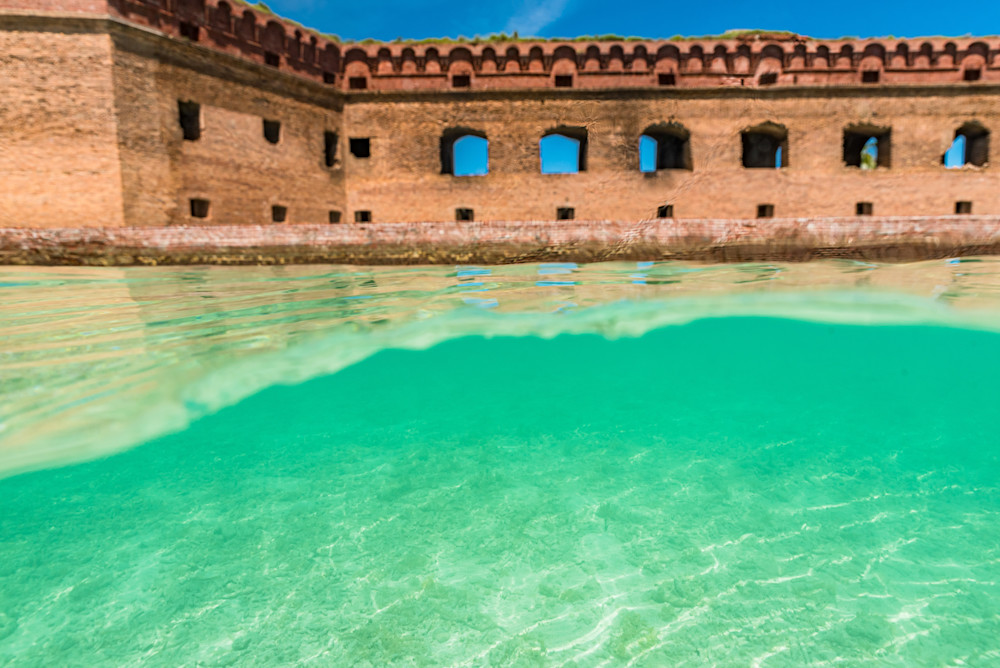Fort Jefferson, a massive coastal fortress located in the Dry Tortugas, is a historic landmark with a rich and fascinating history. Here is an overview of the history of Fort Jefferson:
**1. **Construction Begins (1846):**
Construction of Fort Jefferson began in 1846, on Garden Key in the Dry Tortugas, which is a group of islands about 68 miles west of Key West, Florida. The primary purpose of the fort was to serve as a deterrent against piracy in the Gulf of Mexico and to control navigation in the strategic waters.
**2. **Civil War Era (1861–1865):**
During the American Civil War, Fort Jefferson played a crucial role. The Union used it as a military prison for captured deserters and Union sympathizers from the Southern states. Dr. Samuel Mudd, who treated John Wilkes Booth after the assassination of President Lincoln, was among the prisoners held at the fort.
**3. **Yellow Fever Epidemics:**
The remote location of the Dry Tortugas presented challenges, and the fort struggled with supply issues. Yellow fever outbreaks were a recurring problem, affecting both soldiers and prisoners. The harsh conditions and the threat of disease made Fort Jefferson a difficult posting.
**4. **Failed Construction:**
Despite being the third-largest masonry fort in the United States, Fort Jefferson was never fully completed. The challenges of constructing such a massive fortress on the coral foundation of the island contributed to the project's difficulties.
**5. **End of Active Military Use (1874):**
By 1874, the fort's military significance had diminished. The advent of rifled artillery made such coastal forts vulnerable, and newer military strategies led to a shift away from such large, fixed fortifications. Fort Jefferson was decommissioned, and its role as a military prison came to an end.
**6. **National Monument (1935):**
In 1935, Fort Jefferson was designated as a National Monument by President Franklin D. Roosevelt. The monument status aimed to preserve and protect the historic fort and the surrounding marine environment.
**7. **Dry Tortugas National Park (1992):**
Fort Jefferson became part of Dry Tortugas National Park in 1992, a move that expanded its preservation efforts to encompass the entire national park area. Today, the fort is one of the most significant cultural and historical attractions within the park.
**8. **Tourist Attraction:**
Fort Jefferson has become a popular tourist destination, accessible by boat or seaplane from Key West. Visitors can explore the fort's grounds, view its impressive architecture, and learn about its unique history through interpretive exhibits.
**9. **Maritime Heritage:**
Fort Jefferson and the surrounding Dry Tortugas are not only significant for their military history but also for their maritime heritage. The area is home to diverse marine life, coral reefs, and shipwrecks, contributing to its importance as a protected national park.
**10. **Ongoing Preservation:**
Ongoing preservation efforts ensure that Fort Jefferson continues to stand as a testament to America's military history and architectural prowess. The fort, with its imposing brick walls and captivating history, remains a captivating destination for history enthusiasts, researchers, and curious travelers alike.














